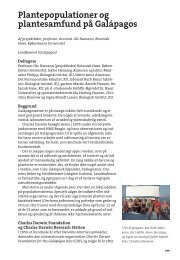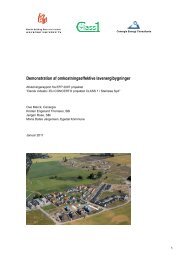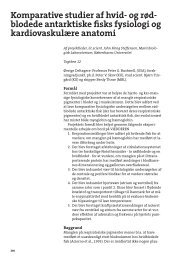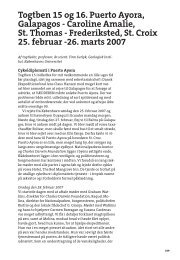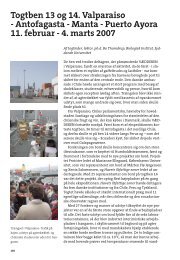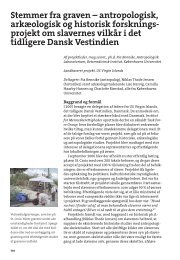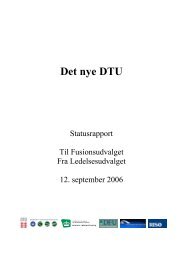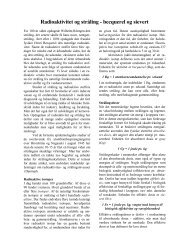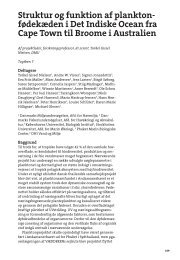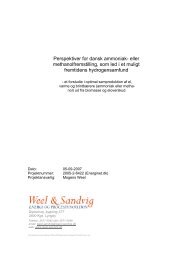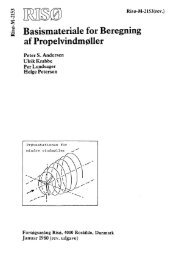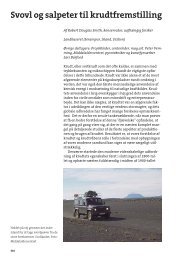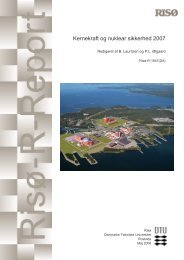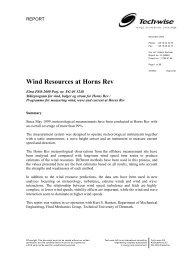Properties of hemp fibre polymer composites -An optimisation of ...
Properties of hemp fibre polymer composites -An optimisation of ...
Properties of hemp fibre polymer composites -An optimisation of ...
You also want an ePaper? Increase the reach of your titles
YUMPU automatically turns print PDFs into web optimized ePapers that Google loves.
the calculation <strong>of</strong> volume fractions <strong>of</strong> matrix and <strong>fibre</strong>s and the determination <strong>of</strong> <strong>fibre</strong><br />
strength and stiffness. The <strong>hemp</strong> <strong>fibre</strong>s were produced by biological defibration<br />
procedures since these are expected to be physically and thermally mild compared with<br />
steam explosion. The <strong>fibre</strong>s were peeled from the <strong>hemp</strong> stems by hand to avoid<br />
mechanical decortication, which is expected to damage the <strong>fibre</strong>s. Hemp <strong>fibre</strong>s were<br />
defibrated by the fungi Phlebia radiata Cel 26 and C. subvermispora and by water<br />
retting and finally compared with raw <strong>hemp</strong> bast. P. radiata is a white rot fungus, which<br />
can perform simultaneous degradation <strong>of</strong> cellulose, hemicellulose, lignin and pectin. In<br />
contrast, the mutant P. radiata Cel 26 does not appear to degrade cellulose to any<br />
significant degree (Nyhlen & Nilsson, 1987; Thygesen et al., 2005a). Fungal incubations<br />
were followed by investigation <strong>of</strong> the <strong>fibre</strong>s with light microscopy and by analysis <strong>of</strong> the<br />
nutrient poor growth medium. Commercial <strong>hemp</strong> yarn was used as traditionally<br />
produced <strong>fibre</strong>s and compared with the mildly defibrated <strong>hemp</strong> <strong>fibre</strong>s. The chemical<br />
composition, crystallinity and tensile strength <strong>of</strong> the defibrated <strong>hemp</strong> <strong>fibre</strong>s were<br />
measured to correlate the <strong>fibre</strong> properties with the obtained composite data.<br />
MATERIALS AND METHODS<br />
Raw materials<br />
Hemp (Cannabis sativa L., cultivar Felina 34) was grown in Denmark and the middle<br />
sections <strong>of</strong> the stems were used directly for peeling <strong>of</strong> <strong>fibre</strong>s or defibration (Thygesen et<br />
al., 2005a). Hemp yarn with a tex-value <strong>of</strong> 47 g/km was used [Linificio e Canapificio<br />
Nazionale, Italy]. A low viscosity epoxy system (SPX 6872 & SPX 6873; LM-Glasfiber<br />
A/S) that incorporates a slow hardener was used as matrix material with a density <strong>of</strong><br />
1.136 g/cm 3 .<br />
Defibration <strong>of</strong> <strong>hemp</strong> and preparation <strong>of</strong> <strong>fibre</strong>s for <strong>composites</strong><br />
Raw <strong>hemp</strong> bast <strong>of</strong> 1-4 mm width was peeled by hand from 25 cm long <strong>hemp</strong> stem<br />
pieces. The bast was then wetted in water and aligned before vacuum drying (Hepworth<br />
et al., 2000a). Water retting was performed with 20 kg <strong>hemp</strong> stems in 750 litre water at<br />
35°C for 4 days. Water retted <strong>hemp</strong> <strong>fibre</strong>s were separated from the stem core, wetted in<br />
water and aligned followed by vacuum drying. The fungi Ceriporiopsis subvermispora<br />
(Akhtar et al., 1992) and Phlebia radiata Cel 26 (Nyhlen & Nilsson, 1987), used for<br />
fungal defibration, were stored and pre-cultivated on 2 % (w/v) malt agar plates at 20°C.<br />
For inoculation, mycelia from one agar plate was homogenised into 100 ml water. Water<br />
containing 1.5 g/l NH4NO3, 2.5 g/l KH2PO4, 2 g/l K2HPO4, 1 g/l MgSO4⋅7 H2O and 2.5<br />
g/l glucose was used as growth medium in the cultivation experiments (Thygesen et al.,<br />
2005a). The cultivation experiments were performed on small, medium and large scale<br />
(Table 1). The growth medium and <strong>hemp</strong> stem pieces were sterilised in rectangular glass<br />
containers at 120°C for 30 min. When the containers were cooled to ambient<br />
temperature, the mycelia suspension was added aseptically and the cultivation<br />
experiments were conducted at 28°C for 7-31 days. Following fungal defibration, the<br />
<strong>hemp</strong> stem pieces were brushed in water to remove epidermal and fungal material from<br />
the stem surface and to separate the <strong>fibre</strong>s from the woody cores <strong>of</strong> the stems. Fibres<br />
from 100 g <strong>hemp</strong> stems were boiled for 5 minutes in 400 ml neutral detergent containing<br />
3 g/l sodium dodecyl sulphate, 1.86 g/l EDTA (C10H14N2Na2O8⋅2H2O), 0.455 g/l<br />
Na2HPO4, 0.68 g/l sodium tetraborat (Na2B4O7⋅10H2O) and 1 ml/l<br />
ethylenglycolmonoethylether (Goering and van Soest, 1970) to obtain clean <strong>fibre</strong>s and<br />
Risø-PhD-11 123



